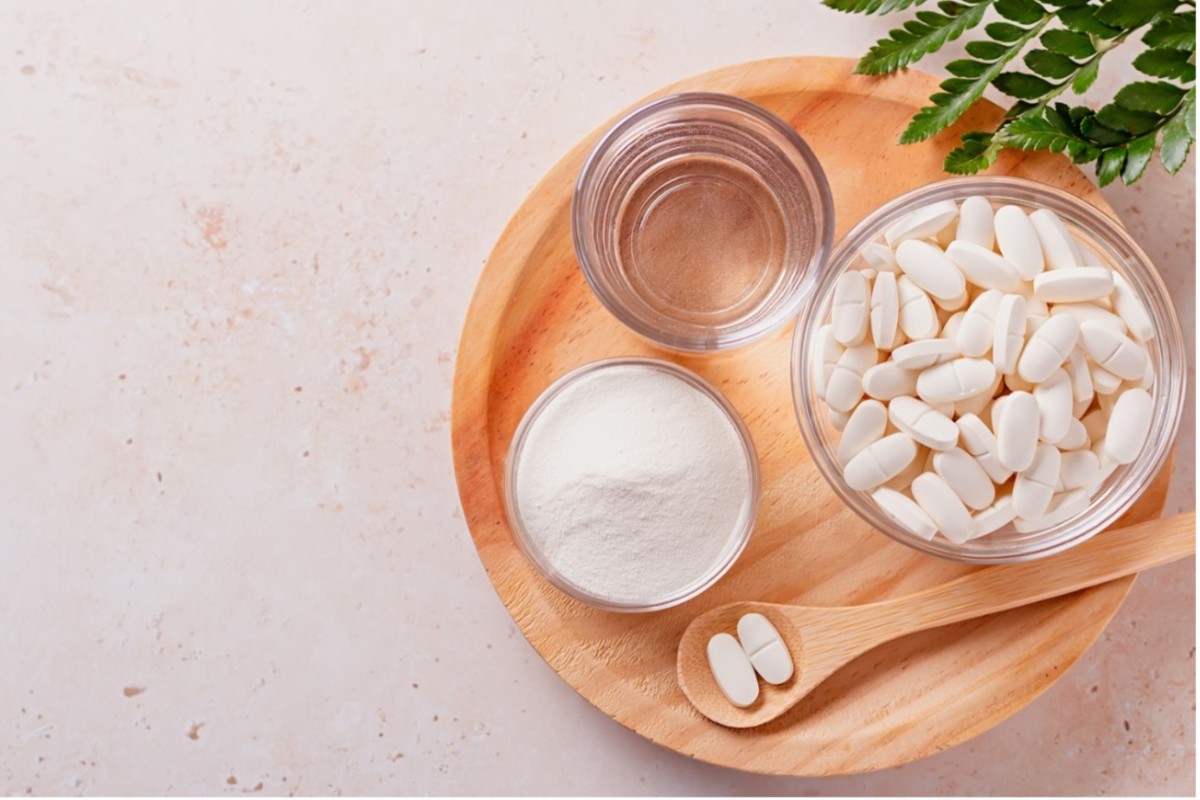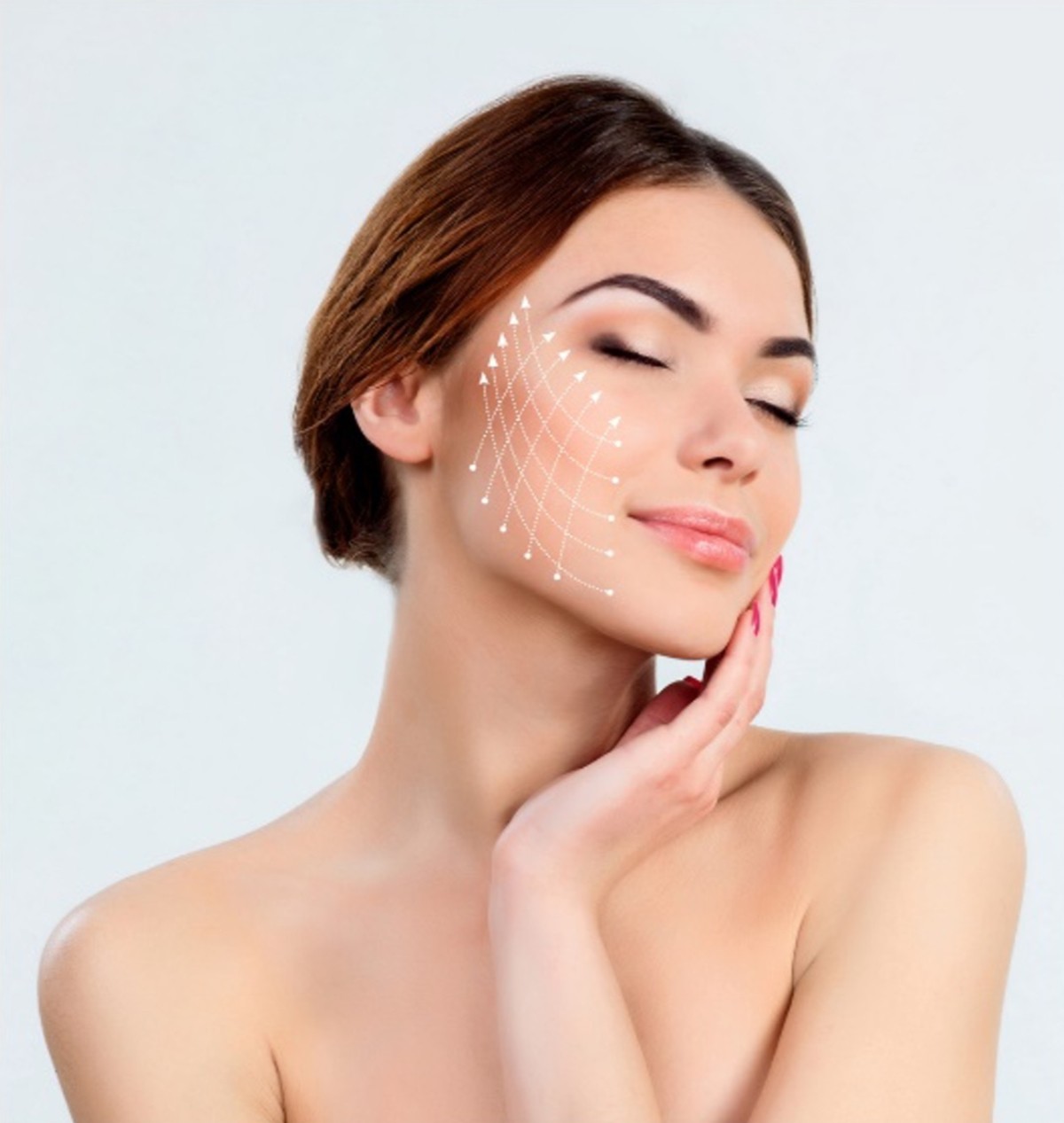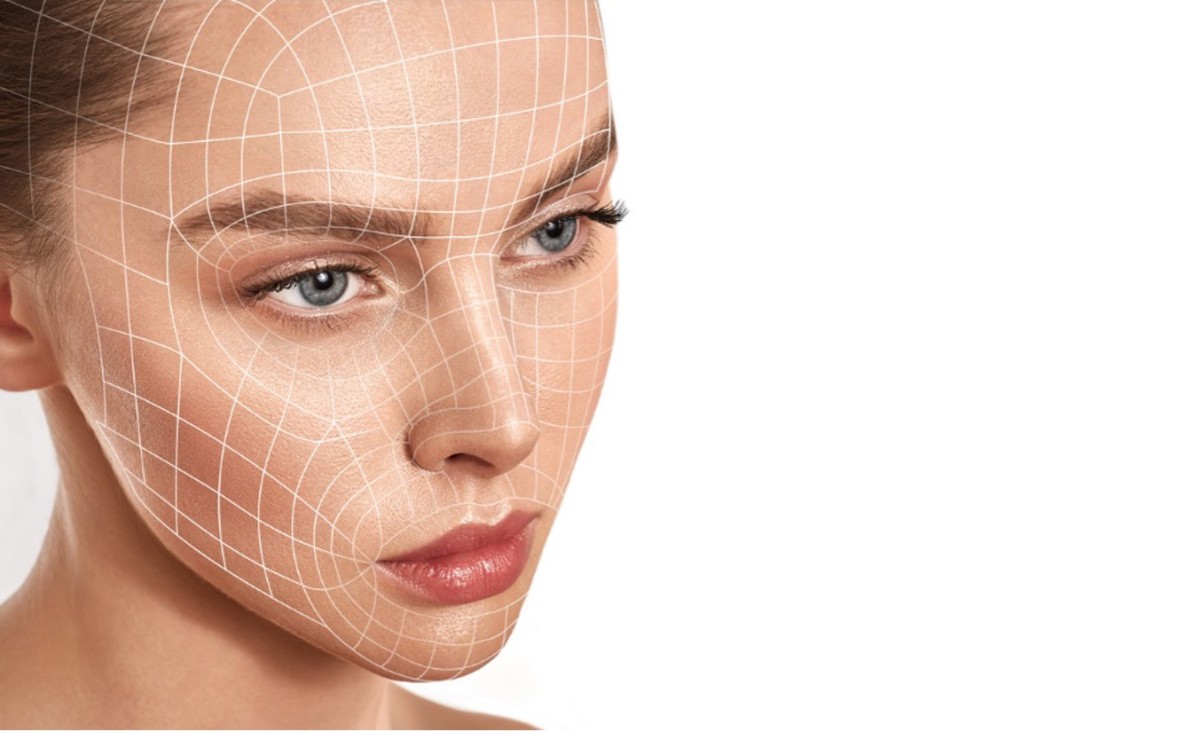A little bit about the skin
Did you know the skin is the largest organ of the body? It provides multiple functions such as regulating temperature and water loss and acting as an initial barrier against UV damage, chemical and mechanical injury and microorganisms. (1)
The skin consists of three layers;
Epidermis
The epidermis is the outer layer of the skin with its main function being the generation of stratum corneum that is the outermost visible layer. (2)
Dermis
The dermis is the middle layer comprised mainly of amorphous connective tissue and collagen. (3) It provides support in temperature, pain regulation and pressure. (2)
Hypodermis
Hypodermis, also known as subcutaneous tissue, is the deepest layer of the skin, which insulates the body and acts to absorb shock to the body and assist in protecting vital organs. This layer is responsible for anchoring the underlying muscle to the skin. (2)

So where does collagen fit in?
Collagen is a protein located within the dermis and makes up to 80% of the dry weight of skin. It plays an important role in the appearance of our skin by maintaining skin elasticity, structure and strength to exhibit firm looking skin. Collagen is produced by fibroblasts which secret procollagen fibre into the dermis and form larger bundles of collagen. The collagen acts as a scaffold, which supports the outer visible layer of skin, epidermis and the dermis, middle layer. (6)
Unfortunately, as we age and encounter external factors such as sun exposure, poor diet and smoking, our bodies’ ability to produce collagen begins to decline and the collagen structure becomes brittle and more fragile which can lead to premature aging. Our skin loses firmness and volume and begins show fine lines, wrinkle formation, and decreased skin elasticity. (4) (5) (6)
How do we help the appearance of your skin?
As aging and external factors are inevitable, we can only assist our bodies’ production of collagen, one way being through supplementation. Collagen supplements are useful in reducing the signs of aging as they are hydrolysed in the stomach to amino acids. This provides easier absorption into the body and allows the transport across the intestine wall, into the bloodstream. The amino acids are then used by the fibroblast cells in the dermis to produce more collagen in the skin. The increase of collagen formation improves the skin elasticity, firmness and skin hydration, which will result in a reduction of fine lines and smooth out wrinkles. (5) (6)

Final thoughts
We are all aging and decline of collagen formation in the body is unavoidable. Through collagen supplementation, we can reduce the signs of aging and assist in retaining smooth, firm and hydrated looking skin.
Reference List
1 Yousef H, Alhajj M, Sharma S. (2022) Anatomy, skin (integument), epidermis. Treasure Island (FL): StatPearls Publishing; 2023.
2 K. Walters, M.Roberts (2002) The Structure and Function of skin
3 Y. Gilaberte, L. Prieto-Torres, I. Pastushenko, Á. Juarranz. (2016) Chapter 1 – Anatomy and Function of the Skin. Nanoscience in Dermatology p.1-14
4 A.Oikarinen (2004) Connective tissue and aging. International Journal of Cosmetic Science. 26 (2), p.107-107
5 Szu-Yu Pu, Ya-Li Huang, Chi-Ming Pu, Yi-No Kang, Khanh Dinh Hoang, Kee-Hsin Chen, and Chiehfeng Chen (2023) Effects of Oral Collagen for Skin Anti-Aging: A Systematic Review and Meta-Analysis. 15 (9)
6 D. Reilly, J. Lozano (2021) Skin collagen through the lifestages: importance for skin health and beauty.
Work with Australia’s Leading Pharmaceutical Manufacturer
Businesses seeking an alternative pharmaceutical manufacturer in Australia need look no further than Lipa Pharmaceuticals. We are an 8-time winner of Australia’s High Quality Manufacturer Award for complementary medicines and have the capability to manufacture high volumes of vitamins, health food supplements, and over-the-counter medication.
With over 30 years of industry experience and fully-equipped production facilities, we can work with your business to produce custom products in a private label or contract manufacturing arrangement. Get in touch with us today to find out how to partner with our cost-effective pharmaceutical manufacturing solutions in Australia.
